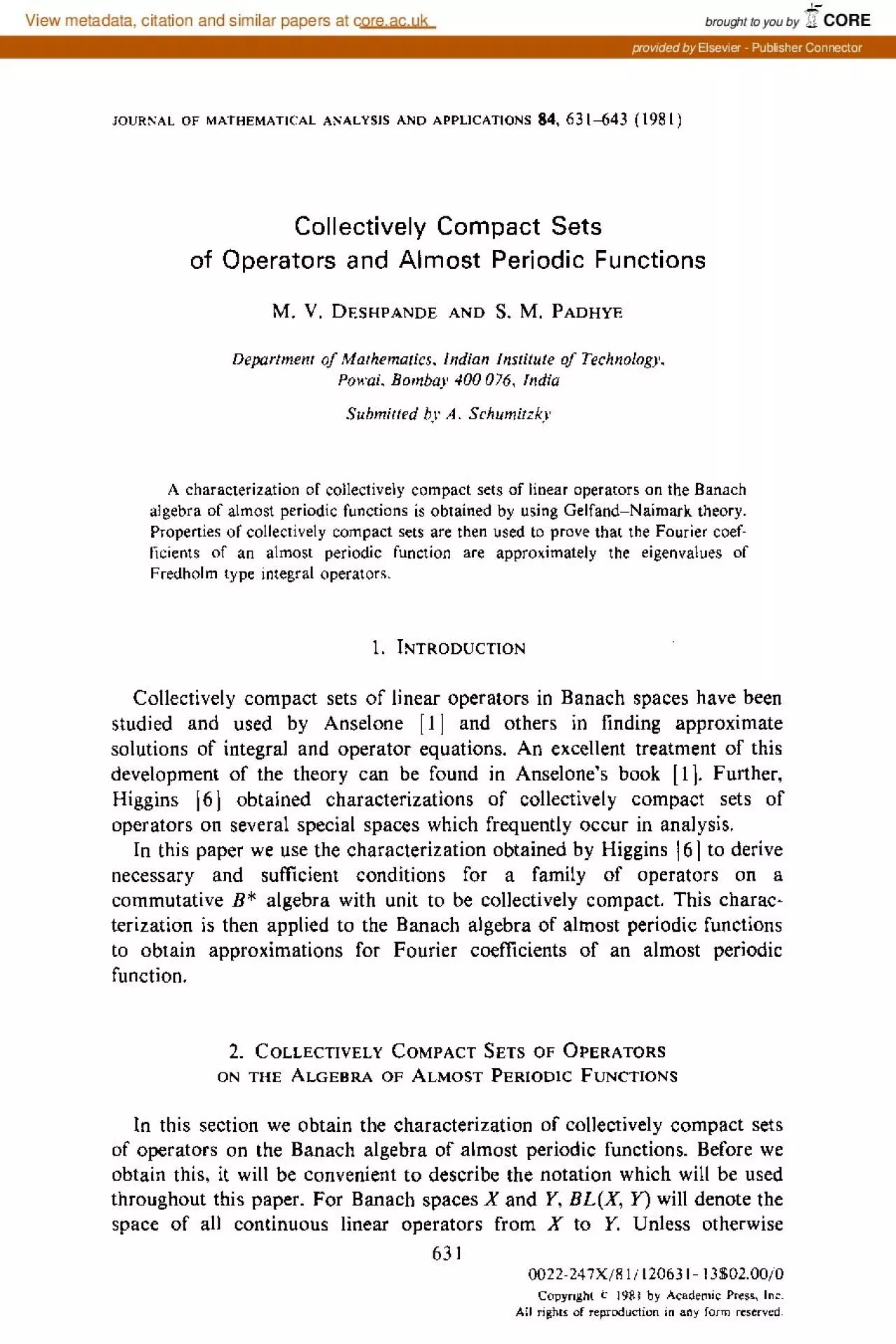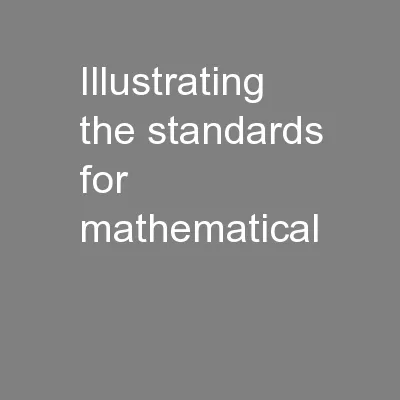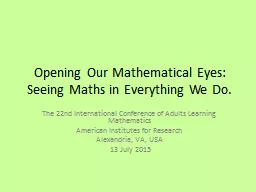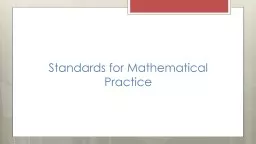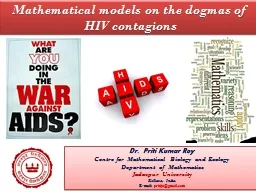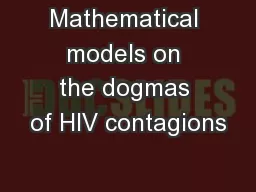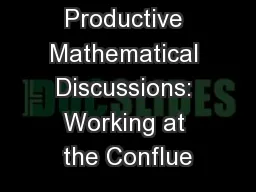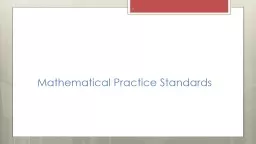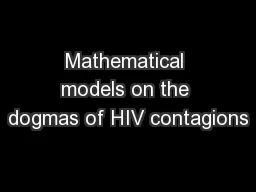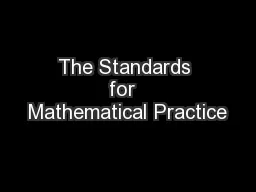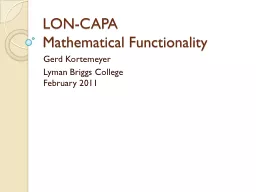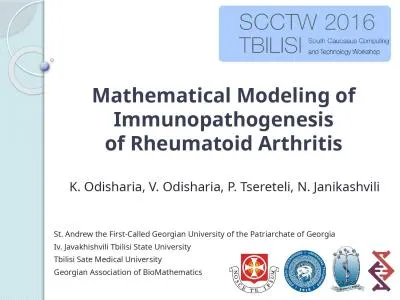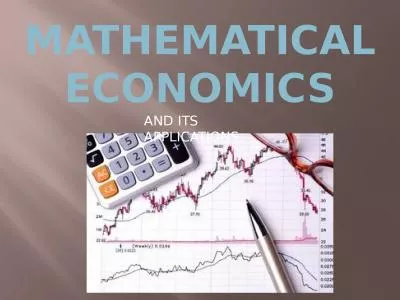PDF-JOURNAL OF MATHEMATICAL ANALYSIS AND APPLICATIONS
Author : morton | Published Date : 2021-09-28
84 631643 1981 Collectively Compact Sets of Operators and Almost Periodic Functions M V DESHPANDE AND S M Department of Mathematics Indian Institute of Technology
Presentation Embed Code
Download Presentation
Download Presentation The PPT/PDF document "JOURNAL OF MATHEMATICAL ANALYSIS AND APP..." is the property of its rightful owner. Permission is granted to download and print the materials on this website for personal, non-commercial use only, and to display it on your personal computer provided you do not modify the materials and that you retain all copyright notices contained in the materials. By downloading content from our website, you accept the terms of this agreement.
JOURNAL OF MATHEMATICAL ANALYSIS AND APPLICATIONS: Transcript
Download Rules Of Document
"JOURNAL OF MATHEMATICAL ANALYSIS AND APPLICATIONS"The content belongs to its owner. You may download and print it for personal use, without modification, and keep all copyright notices. By downloading, you agree to these terms.
Related Documents

